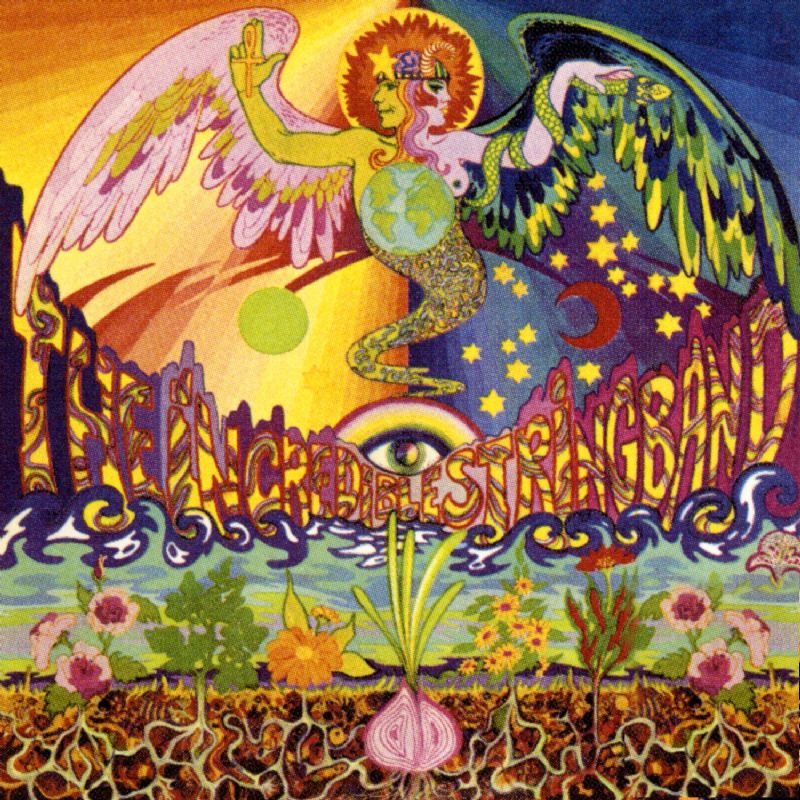 I never got around to publishing my best of last year, but I've heard a pretty wide abundance of tunes this year and feel like I need to take a crack at it. For whatever reason, I've gravitated towards dreamy, ambient sounds even more than usual this year, so you'll hear a fair amount of that wafting around on these tracks. Anyway, here's the rundown for you:
I never got around to publishing my best of last year, but I've heard a pretty wide abundance of tunes this year and feel like I need to take a crack at it. For whatever reason, I've gravitated towards dreamy, ambient sounds even more than usual this year, so you'll hear a fair amount of that wafting around on these tracks. Anyway, here's the rundown for you:10. Tom Waits - Bad as Me: The Man doesn't do anything new here. but it's a perfect iteration of his bone-clanging, skid row poet vibe.
9. Jonas Reinhardt - Music for the Tactile Dome: I definitely dig Reinhardt's Berlin school vibes vibrating through this release. Will zone you out for the most part but wake you up every now and again as well.
8. Yuck - Yuck: This UK band sounds like Kevin Shields fronting Dinosaur Jr., or My Bloody Valentine covering Dinosaur Jr.'s tunes. It doesn't really matter as we've got the modern shoegazer stance perfected on this disc.
7. Dementia and Hope Trails - Parts of the Sea: Although not quite Manuel Gottsching at his best, this ambient freakfest has had my undivided attention for the past few months.
6. Paul Simon - So Beautiful or So What: Melding his sonic experiments of the past 30 years with the best of his 70's songwriting, Simon manages a classic album pretty late in the game. Dylan's the only other who could pull this off, but Simon's got the added draw that his voice isn't shot.
5. Atlas Sound - Parallax: Bradford Cox keeps pulling direct punches with his solo prokect and his main gig, Deerhunter. He's got it down to a science now, and Parallax continues to perfect his dream-rock sound.
4. Mohave Triangles - Eternal Light of the Desert Plateau: This is the grooviest ambient music I;ve heard this year. Although we'll always reserve a spot at the table for Philip Glass, this takes the yearly cup for a sonic Koyaniisqatsi.
3. Real Estate - Days: The best straight-up rock I heard this year walks a fine tightrope between early R.E.M. and Joy Division with some great songwriting keeping the balance.
2. Fleet Foxes - Helplessness Blues: I didn't buy into the hype on their first album, but the Simon & Garfunkel and Crosby, Stills, and Nash grooves shine through this disc. This mayvery well be your hillbilly Smile.
1. Panda Bear - Tomboy: Keeping Brian Wilson in mind, I'll be damned if anyone else manages to better fill the vocal space of that man in his 1966 prime than Panda Bear. Although the computerized trippiness of his last solo album is largely missing here, the stellar songwriting and insular production more than makes up for it.
Here's a sampler of some of the sounds that I've been talking about. You find the full releases of Dementia and Hope Trails and Mohave Triangles elsewhere on this site. As usual, I threw in a few previews of my new Glaze of Cathexis and Damaged Tape projects, not because I think my music is the best, just because it seems like a good excuse to run them by your ear.
1. Tom Waits - Raised Right Men
2. Panda Bear - You Can Count on Me
3. Jonas Reinhardt - To Lord Eminence
4. Atlas Sound - Te Amo
5. Glaze of Cathexis - Dream's Visions
6. Mohave Triangles - Eternal Light (edit)
7. Paul Simon - Getting Ready for Christmas Day
8. Fleet Foxes - Lorelai
9. Damaged Tape - Melted Into Angel Form
10. Real Estate - Kinder Blumen
11. Yuck - Holing Out
12. Dementia and Hope Trails - It Rung in My Ears and Still Does
Listen to Me:




























